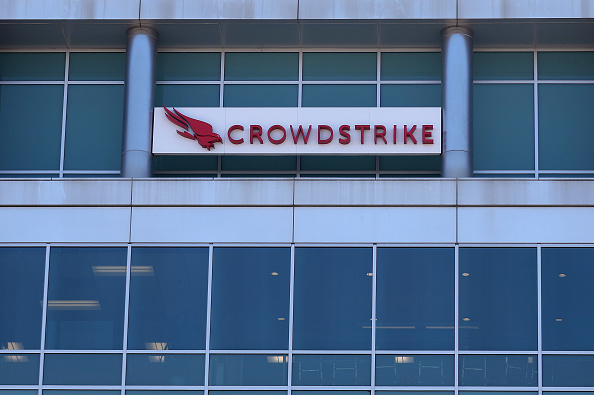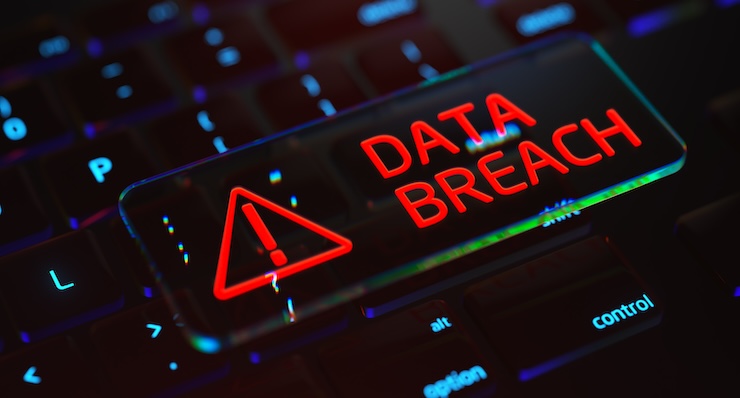Whether financial markets are chaotic, in the sense that they adhere to the laws of chaos theory, is the subject of ongoing and mind-bogglingly complex academic investigation.
But a recent probe into the ‘Flash Crash’ of 6 May 2010, in which global stock markets lost and immediately recovered around $1 trillion in value within a few hours, suggests that the computerisation of financial trading may be accentuating the chaotic nature of markets.
The most well-known metaphor for chaos theory is the ‘Butterfly Effect’: a butterfly flapping its wings in China leads to a tornado in Texas. In chaotic systems, seemingly inconsequential events can trigger chain reactions with catastrophic consequences.
An investigation by the US Securities and Exchange Commission (SEC) concluded that the Flash Crash was triggered by a single automated trade, albeit an unusual one.
US investment firm Waddell & Reed set an algorithmic trading system to sell $4.1 billion worth of stock index futures. According to the SEC’s post mortem, the system did this in 20 minutes, unusually quick for such a deal. This caused prices to fall rapidly, triggering various ‘stop loss’ orders, whereby trading systems automatically sell a given stock when it falls below a certain price.
That sparked the chain reaction that temporarily wiped out the value of a number of stocks. Shares in consultancy Accenture, for example, went from $41.94 to $0 and back again within minutes.
Even before the SEC’s report, the preponderance of automated algorithmic trading had been blamed for the Flash Crash. A quarter of financial advisers surveyed in August by Market Strategies International believed that an “over-reliance on computers” was the cause, more than any other cause suggested.
The majority of those advisers said that the SEC’s plan to introduce a ‘single stock circuit-breaker rule’, under which trading of any stock must pause if it gains or loses 10% of its value within five minutes, would help prevent a similar event in future. However, they also said that such an event is ‘likely’ to occur again, whatever measures may be put in place.
The high volume and speed of automated trading in financial markets means that they are particularly susceptible to such anomalies. Nevertheless, the Flash Crash raises the question of whether automating business processes of other varieties might make them more chaotic too.






